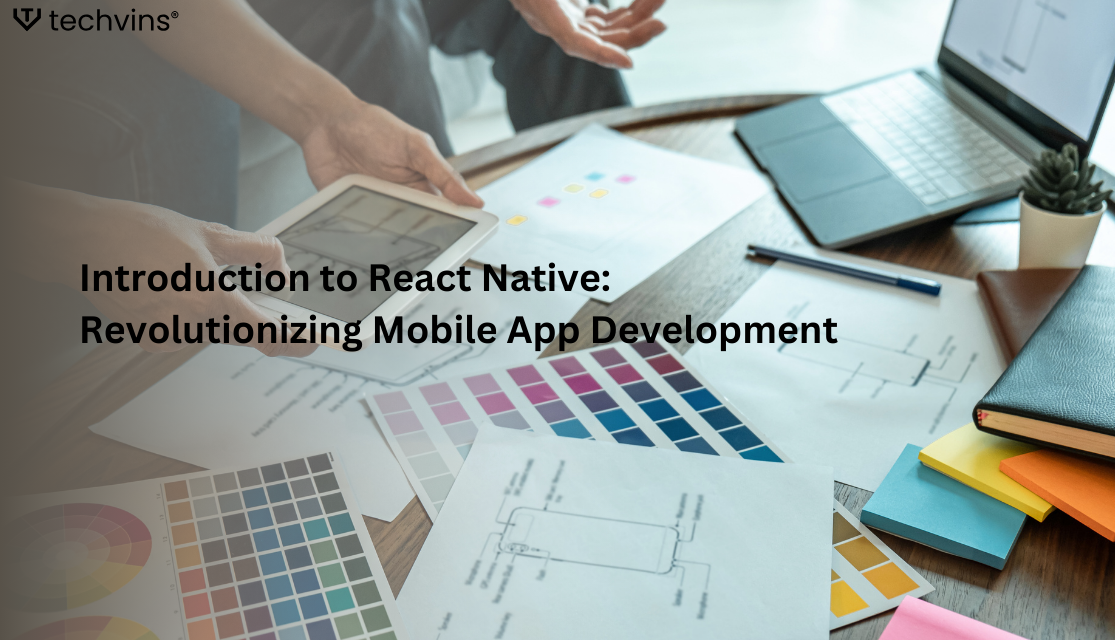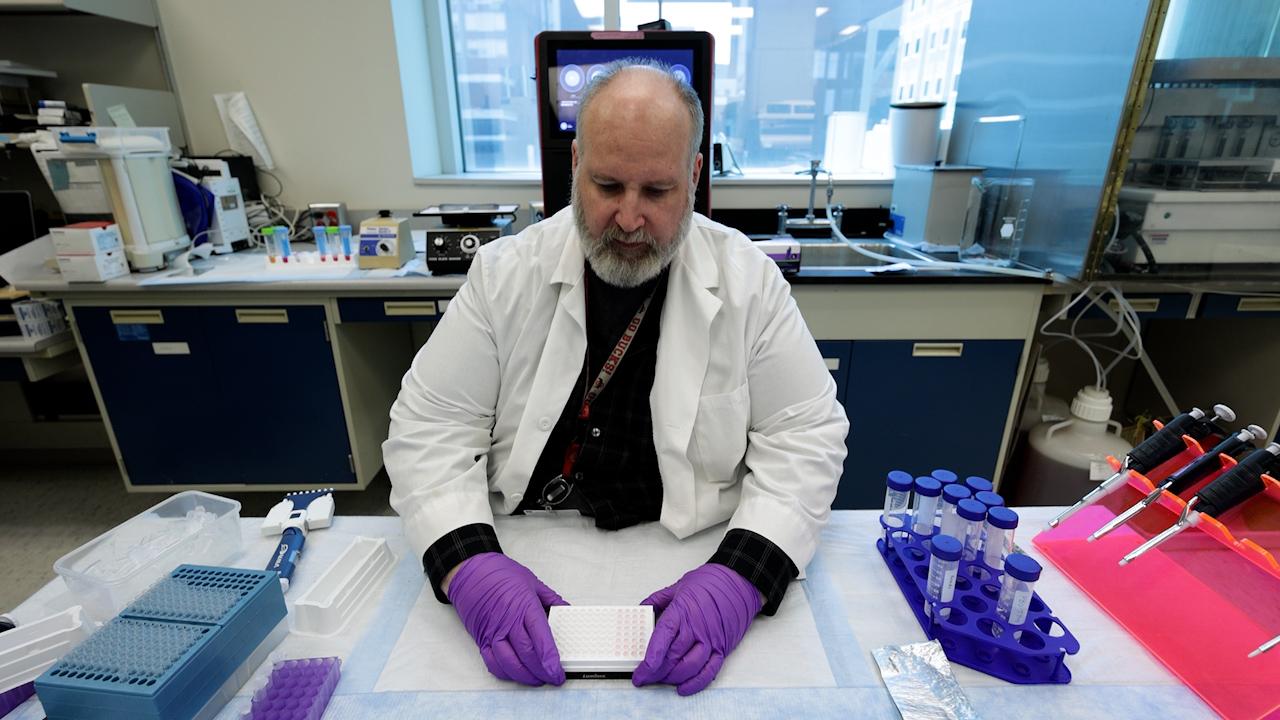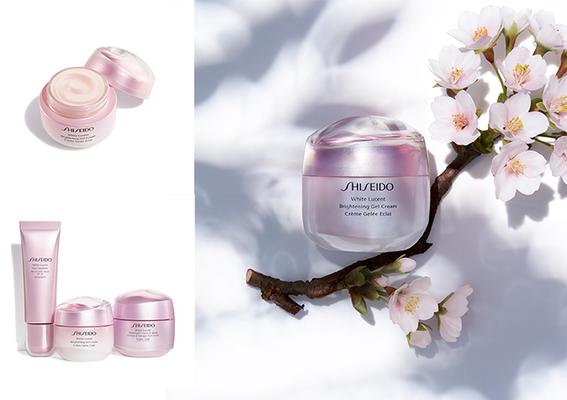Why Every Homeowner Should Consider a Grid Tie Inverter

Are you a homeowner looking to harness the sun's power while saving money on your energy bills? If so, you’re in for a treat! As solar technology continues to advance and energy costs rise, more homeowners are turning to renewable solutions that benefit their wallets and the environment. Enter the grid tie inverter—a game-changing device that allows you to produce your solar energy and seamlessly connect it with the electric grid. But why should you consider this innovation for your home? In this blog post, we’ll explore the advantages of adopting a grid-tie inverter system, from reducing reliance on fossil fuels to maximizing savings year-round.
Introduction to Solar Energy and Grid-Tie Inverters
Homeowners increasingly seek ways to harness renewable energy as the world shifts towards sustainable living. Solar power stands out as a popular choice—clean, abundant, and often cost-effective in the long run.
But an essential component can maximize your solar investment: the grid-tie inverter. If you've ever wondered how you can power your home and potentially earn money from excess energy production, you're in for a treat. Let’s dive into what makes grid-tie inverters a crucial part of any solar energy system and why they should be on every homeowner's radar.
What is a Grid-Tie Inverter and How Does it Work?
A grid-tie inverter is a crucial component of solar energy systems. It converts the direct current (DC) electricity generated by solar panels into alternating current (AC), which most homes use. When sunlight hits your solar panels, they produce DC electricity. However, this type of power cannot be used directly in your home or fed back into the electrical grid. That’s where the inverter steps in.
Once converted to AC power, it seamlessly integrates with your household energy supply. This allows you to use solar energy for daily needs while any excess can flow back to the grid. Grid-tie inverters also monitor system performance and ensure safety standards are met. They automatically disconnect during outages to protect utility workers and maintain system integrity. Doing so helps maximize your energy savings while contributing to clean energy initiatives.
Benefits of Using a Grid-Connected Inverter for Solar Energy
Using a grid connected inverter can lead to significant cost savings on your electricity bills. When your solar panels produce more energy than you consume, the excess power is sent back to the grid. This reduces your monthly expenses and may earn you credits through net metering.
Another key advantage is increased efficiency. Grid-tie inverters optimize energy conversion, ensuring that your solar system operates at its peak performance under various conditions. Additionally, selling excess energy back to the grid offers financial incentives. Homeowners can benefit from state programs designed for renewable energy contributions.
Lastly, embracing solar with a grid-tie inverter helps reduce your carbon footprint. It’s a step toward sustainable living while promoting clean energy use within your community. By choosing this, you're contributing positively to the environment and encouraging others to follow suit.
Which Single Phase to 3 Phase Inverter is Right for You?
When it comes to single phase to 3 phase inverter, there are a few different types to consider. The most common options include string inverters, microinverters, and power optimizers. String inverters are ideal for larger systems. They connect multiple solar panels. This can simplify installation but may have limitations if some panels receive less sunlight than others.
Microinverters operate on individual panels, providing maximum efficiency regardless of shading or panel orientation. If your roof isn’t uniform or you anticipate varying sun exposure, these might be the way to go.
Power optimizers combine benefits from both worlds. They work with string inverters but optimize performance at the panel level. This is perfect for homeowners who want added flexibility without committing fully to microinverter technology.
Choosing the right inverter depends on your needs, budget, and roof conditions. Each type offers distinct advantages that cater to various situations.
Installation Process and Considerations for Homeowners
Installing a grid-tie inverter requires careful planning and execution. First, assess your home’s energy needs. Understanding your power consumption will help determine the correct solar system and inverter size. Next, consider location. To maximize efficiency, the inverter should be installed in a cool, shaded area. Direct sunlight can cause overheating and affect performance.
Permits are essential for installation. Check with local authorities for regulations regarding solar panel systems and grid connections. Hiring a qualified professional is highly recommended. They ensure proper installation while adhering to safety standards. Also, think about warranties and service agreements. A reliable warranty protects your investment over time.
Lastly, consider future expansion. If you plan to increase your solar capacity later, choose an inverter that allows for easy upgrades without significant costs or complications.
Maintenance and Troubleshooting Tips for Single Phase Inverter
Maintenance and troubleshooting are essential to owning a single phase inverter for your solar energy system. These tips will help you ensure that your inverter runs smoothly and efficiently, maximizing the benefits of your grid-tie system.
1.Regular Inspections
It is essential to conduct regular inspections of your inverter to identify any potential issues before they become significant problems. Check for any physical damage or loose connections, and ensure the fan is clean and functioning correctly. Inspecting the inverter once a month can help prevent unexpected breakdowns.
2. Keep it Clean
Dust and debris can accumulate on the surface of your inverter, potentially causing it to overheat or malfunction. Regularly cleaning the exterior with a soft cloth can help prolong its lifespan.
3. Monitor Performance
Most single-phase inverters come with monitoring software that allows you to track their performance over time. This data can be used to identify any changes or anomalies that may indicate an issue with the inverter. Keeping track of performance trends can also help you detect potential problems early on.
4. Protect from Extreme Weather
Inverters are designed to withstand outdoor conditions, but extreme temperatures and weather events such as storms or heavy rains can still cause damage. Ensure that your inverter is installed in a well-ventilated area away from direct sunlight, and consider adding additional protection, such as a cover during severe weather.
5.Disconnect During Maintenance
If you need to perform maintenance tasks on your solar panels or other system components, it is important to disconnect the power supply from your inverter first for safety reasons.
Regular maintenance and monitoring of your single-phase inverter are crucial for its optimal performance. By following these tips and taking timely action when needed, you can ensure that your grid-tied solar system continues to provide clean and cost-effective energy for years to come. Always consult a professional if you are unsure about maintenance or troubleshooting tasks.
Conclusion
When harnessing solar energy, a grid tie inverter can be an excellent addition for homeowners looking to maximize their investment. By converting the direct current (DC) generated by your solar panels into alternating current (AC), these devices enable you to use renewable energy directly in your home while connecting seamlessly to the utility grid. If you're considering switching to solar power, evaluating whether a grid-tie inverter is right for you involves weighing its benefits against potential limitations. The cost savings on electricity bills and increased solar system efficiency are compelling advantages. Plus, having the ability to sell excess energy back can provide additional financial incentives.
FAQs
1. What is a grid tie inverter?
A grid tie inverter is a device that converts the direct current (DC) electricity generated by solar panels into alternating current (AC) electricity that can power household appliances and electronics. It is connected to the electric grid, allowing excess solar energy to be fed back into the grid, giving homeowners credit for the energy they produce.
2. How does a grid-tie inverter work?
The grid-tie inverter works by synchronizing with the utility grid's electrical frequency and converting DC electricity from the solar panels into AC electricity. This allows it to match and supplement any power needed by your home or business while also providing a seamless transition between solar and utility power.
3. Is there any maintenance required for a grid-tie inverter?
Grid-tie inverters typically do not require much maintenance as they are designed to operate automatically without any manual intervention. However, it is recommended that they be checked periodically by a professional installer to ensure proper functioning.
4. Can I install a grid-tie inverter myself?
It is always best to have a professional install your grid-tie inverter, as it involves electrical wiring and connecting it to your home's main electrical panel. Plus, an experienced installer ensures everything is up to code and safe for operation.
|
Related Business Listings |






